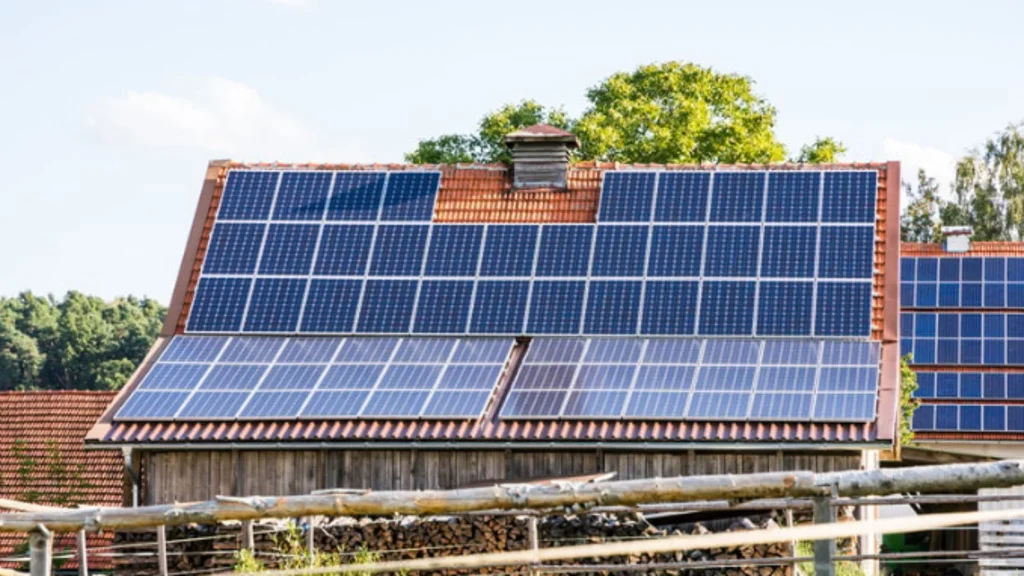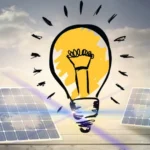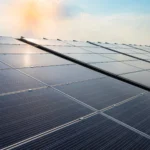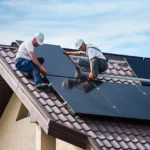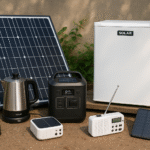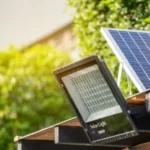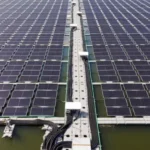Imagine a tomato farm that powers its irrigation pumps, greenhouses, and cold storage using sunlight, with no diesel fumes and no sky-high electricity bills. That’s not a fantasy. It’s the present-day reality of agriculture solar.
Solar energy is transforming how farms operate, from reducing operational costs to enabling sustainable, off-grid systems that thrive even in remote areas. But what exactly is solar, how does it work, and is it worth the investment for farmers and rural landowners?
In this guide, we break down the real-world benefits, challenges, and smart strategies behind solar energy in agriculture, backed by hands-on insights, real-world numbers, and expert tips.
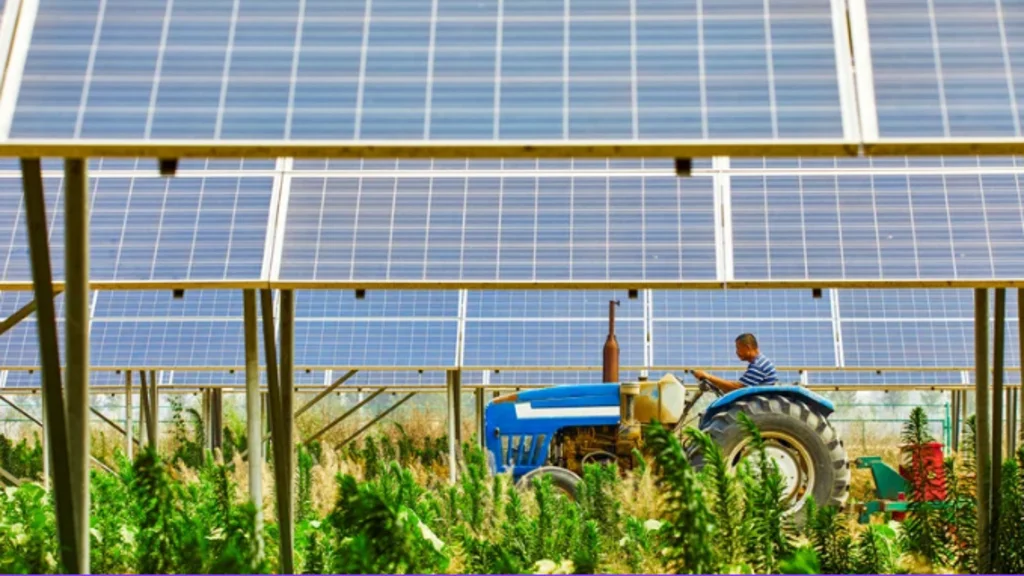
What Is Agriculture Solar?
Agriculture refers to the use of photovoltaic (PV) solar systems in farming and agricultural operations. These systems are designed to power:
- Irrigation systems
- Greenhouses
- Cold storage and processing units
- Livestock watering
- Electric fencing
- EV tractors and transport
- Onsite worker housing and office buildings
Some systems are mounted on rooftops or sheds, but increasingly, farmers are turning to solar farms and agrivoltaics dual-use setups where crops and panels coexist.
Visit here : solar power panel for home.
Why More Farmers Are Choosing Agriculture Solar
Solar isn’t just a green choice—it’s a practical one for agriculture. Here’s why adoption is growing:
✅ Reduced Energy Costs
Electricity is one of the largest recurring expenses in agriculture. According to the USDA, U.S. farms spent over $8 billion on energy in recent years. A well-sized solar setup can reduce or even eliminate your electric bill.
“We used to spend $1,200 a month powering our drip irrigation,” says Miguel S., a vineyard owner in California. “Now with solar, that’s down to less than $100.”
✅ Stable Energy Supply in Remote Areas
Many farms are off the main grid or suffer from poor voltage quality. Solar offers reliable, autonomous power, especially when paired with lithium solar batteries.
✅ Tax Credits and Grants
The Federal Solar Investment Tax Credit (ITC) currently offers up to 30% back on solar installations. Additionally, programs such as USDA REAP grants and local agricultural subsidies can cover a significant portion of the cost.
Improved Sustainability Credentials
Consumers increasingly want food that’s grown responsibly.solar helps meet sustainability goals and can boost a farm’s brand value, especially when selling directly to consumers.
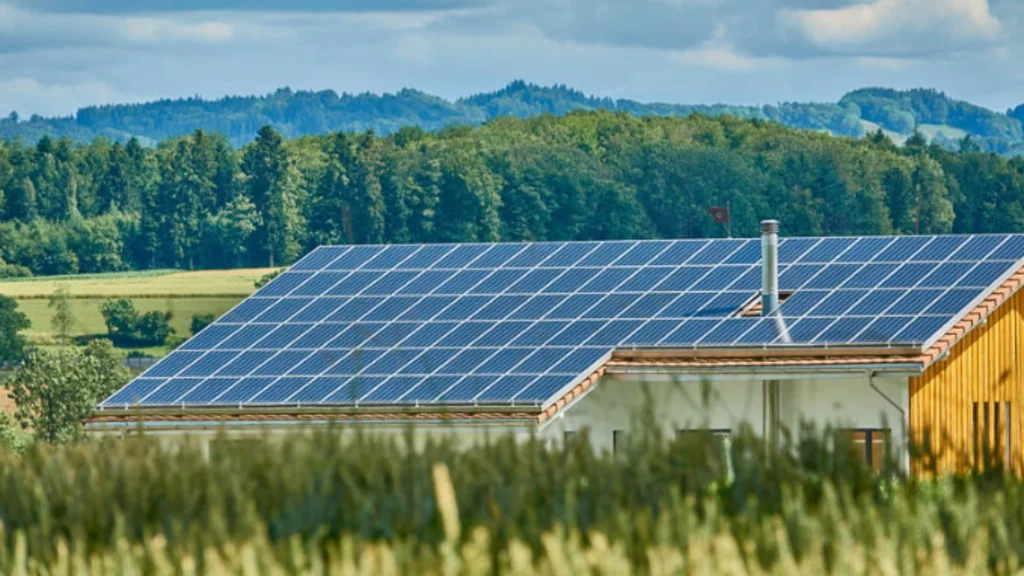
Real-World Applications of Agriculture Solar
Let’s explore real-world use cases, ranging from small farms to commercial operations.
1. Solar-Powered Irrigation
Submersible or surface water pumps are often the largest energy consumers on farms. A 5–10 kW solar system can efficiently run a 1.5 to 3 HP pump, significantly reducing diesel dependence.
Tip: Use a smart pump controller that adjusts flow rates based on available solar output.
2. Greenhouse Climate Control
Maintaining stable temperatures and humidity is an energy-intensive process. Solar panels paired with a battery bank can power fans, heaters, and lighting during peak hours, especially useful in winter.
3. Cold Storage Units
In tropical climates, food spoilage is a significant issue. Solar-powered cold storage can reduce post-harvest loss by up to 30%, preserving profits and food quality.
4. Charging Electric Farm Vehicles
With electric tractors like the Monarch Tractor gaining popularity,solar enables cheap, clean recharging, especially when combined with Level 2 solar EV chargers.
Agrivoltaics: Growing Crops Under Solar Panels
One of the most innovative trends in agriculture is agrivoltaics, installing solar panels above crops, allowing dual use of land.
How It Works
Panels are raised 6–10 feet off the ground, angled to allow sunlight to reach both crops and facilitate energy production. Surprisingly, studies by NREL show that some crops (like lettuce and spinach) grow better in partially shaded conditions.
Benefits of Agrivoltaic
- Increased land productivity: One plot produces both food and electricity
- Reduced water use: Panels shade crops, reducing evapotranspiration.
- Improved panel efficiency: Vegetation cools the area beneath, helping panels operate closer to optimal temperatures.
“We’re getting 15–20% more lettuce yield under the panels,” reports a farm in Arizona testing an agrivoltaic pilot project.
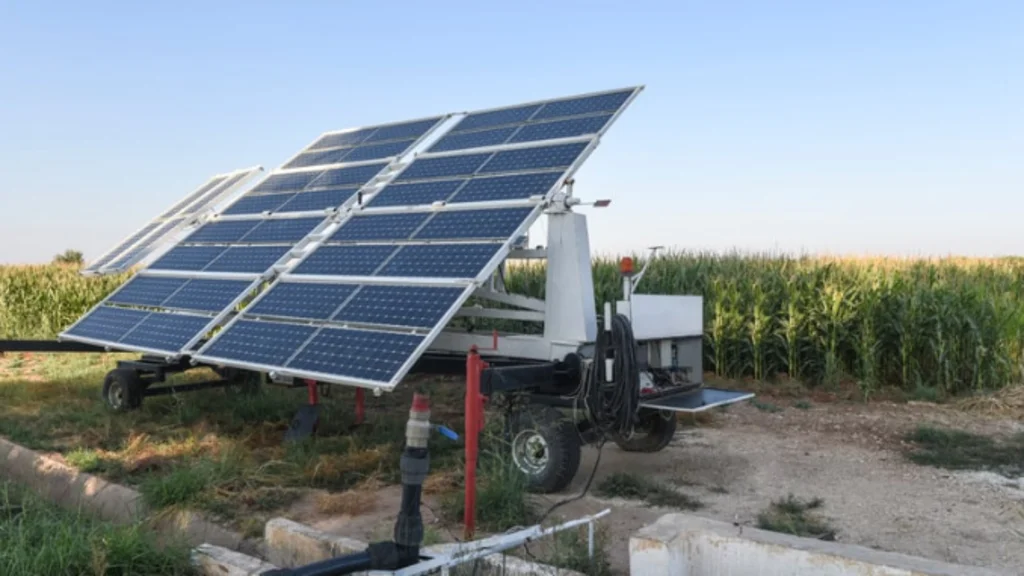
Common Challenges (and How to Solve Them)
While agriculture solar is a smart move, it’s not always plug-and-play. Here are some common issues and expert advice.
Challenge #1: Dirt and Soiling Loss
Farms generate dust lots of it. This dust accumulates on solar panels and can reduce output by up to 20%.
Solution: Schedule panel cleaning every 2–3 months during dry seasons. Use soft-bristle brushes or automated sprayers. Avoid high-pressure jets that can micro-crack the glass.
Pro Tip: Tilt-mounted panels shed dust better than flat mounts.
Challenge #2: Inverter Failures
Farm operations often require intermittent energy loads, which can stress the inverter.
Solution: Choose an inverter with high surge capacity and consult your installer on whether a hybrid inverter (grid + battery) is better suited. Keep firmware updated to fix software bugs.
Challenge #3: Battery Overuse in Monsoon/Cloudy Periods
Over-relying on battery systems without enough sunlight can degrade performance.
Solution: Add a backup generator or switch to a grid-tied system with battery support. Also, consider Lithium Iron Phosphate (LiFePO₄) batteries—they’re more resilient to deep discharge cycles.
Click here : solar power panel installation.
How to Size a Solar System for Your Farm
Let’s say your farm uses 50 kWh per day for irrigation, lights, and equipment.
Step-by-Step Calculation:
Daily Energy Use: 50 kWh/day
Panel Production Factor (varies by region): ~4.5 hours/day average sunlight
System Size Needed:
- Daily Energy Use = 50 kWh
- Average Sunlight Hours = 4.5 hours/day
System Size (kW) = 50 kWh ÷ 4.5 hrs ≈ 11.1 kW
Allow a 10–20% buffer for inefficiencies (such as dirt, inverter loss, and shade).
Real-World Example: Small Dairy Farm in Vermont
Problem: High energy bills from cold storage, milking equipment, and lighting.
Solution: Installed a 15 kW grid-tied solar system with 10 kWh battery backup.
Results:
- Electricity bill cut from $700/month to under $100
- Battery powers milking equipment during outages
- Eligible for 30% federal tax credit + $6,000 USDA REAP grant
Trusted Sources for Further Reading
- NREL: Agrivoltaics Research
- Energy.gov: Solar in Agriculture
- USDA REAP Grants
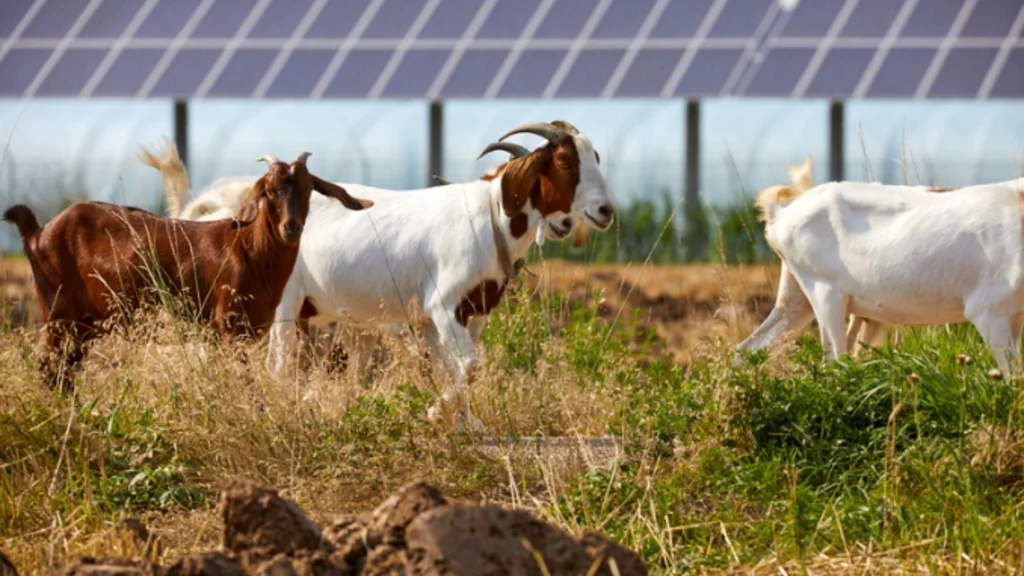
Key Takeaways for Homeowners and Small-Scale Growers
You don’t need to run a massive farm to benefit from agriculture solar. Even plots of 2–5 acres with greenhouses or irrigation pumps can yield huge returns.
Actionable Tips:
- Use a solar site assessment tool or consult a local installer.
- Combine solar + smart controllers for irrigation or lighting.
- Install panel monitoring software to track efficiency drops.
- Explore agrivoltaics if land is tight.
Is Agriculture Solar Right for You?
If you’re a grower, landowner, or homesteader facing high energy costs, unstable grid supply, or sustainability goals, agriculture is a smart, future-proof investment.
With modern systems becoming more efficient and grant-backed programs reducing upfront costs, now is the time to explore your options.
Want to Maximize Your Farm’s Energy Efficiency?
If your panels haven’t been cleaned in over 3 months, you could be losing 10–20% of your energy output. Book a solar system checkup today and start making every ray of sunlight work for your farm.
FAQs
Q: Can solar panels power large irrigation pumps?
A: Yes, with proper sizing. A 10–20 HP pump can be solar-powered using a larger PV array with variable-frequency drives (VFDs).
Q: What crops grow best under agrivoltaic systems?
A: Leafy greens like lettuce, kale, and spinach benefit from partial shading. Root vegetables may need more light and careful design.
Q: Are solar EV tractors viable yet?
A: Early models like the Monarch Tractor are promising. They can be charged with 10–15 kW solar systems and run autonomously.

